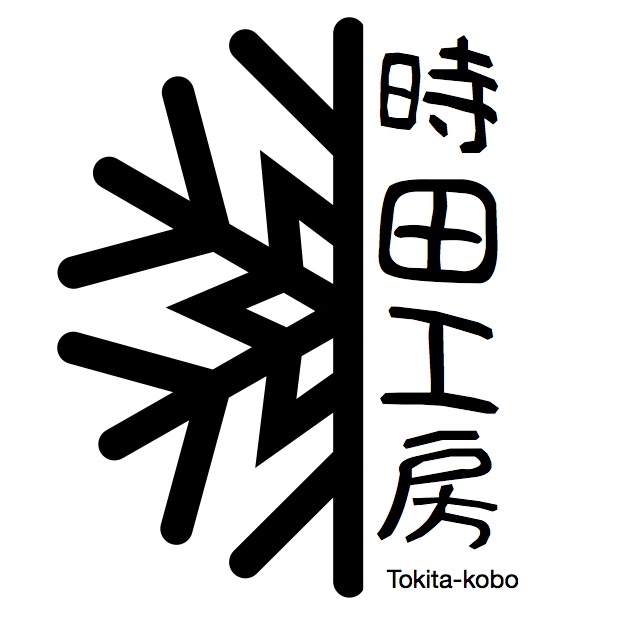In Japan, bowing—or お辞儀 (Ojigi)—is more than a simple gesture. It’s a powerful and respectful form of non-verbal communication that expresses gratitude, humility, apology, and reverence. Bowing is used in a wide variety of settings, from daily greetings to solemn ceremonies, and reflects the deep values of Japanese culture.
🌸 What Does Bowing Mean?

Bowing is a way to show:
- Greetings (hello/goodbye)
- Gratitude
- Apology
- Respect
- Politeness
Rather than relying on spoken words, bowing is a way to physically express the heart’s intention. The angle, length, and style of the bow change depending on the context and relationship.
🙇♂️ Types of Bowing in Japan
Here are the major forms of bowing, each with its unique purpose and tone:

1. Eshaku (会釈) – Light Bow (~15°)
A casual, polite bow used in everyday situations like passing someone at work or offering a quick greeting.
2. Keirei (敬礼) – Respectful Bow (~30°)
Used in business settings, formal greetings, and customer service. This bow shows deeper respect and courtesy.
3. Saikeirei (最敬礼) – Deep Bow (~45° or more)
This is the most formal standing bow, expressing deep gratitude or sincere apology. Often used in ceremonial situations.
4. Zarei (座礼) – Seated Bow

Zarei is a traditional bow performed while sitting in seiza (kneeling position), often seen in tea ceremonies, martial arts (like kendo or aikido), or temple visits. The depth of the bow varies by context, but it always emphasizes calmness, humility, and inner respect. It’s a quieter, more meditative gesture that reflects a mindful and composed spirit.
5. Dogeza (土下座) – Kneeling with Head to the Ground

The most extreme form of apology or reverence, dogeza involves kneeling on the floor and touching one’s forehead to the ground. It’s rarely used in everyday life but appears in serious apologies, dramatic moments, or traditional media. This gesture expresses absolute humility and surrender.
🧘♀️ Bowing in Everyday Life

Bowing is seen everywhere in Japan:
- Store staff bowing when you enter or leave
- Students bowing to teachers
- People slightly bowing during phone calls
- Artists bowing to audiences after a performance
- Martial arts practitioners bowing before and after practice
It’s an ingrained part of Japanese manners and a beautiful way of showing consideration.
A Cultural Gesture of Grace and Sincerity
Whether it’s a small nod or a deep formal bow, Ojigi reminds us to stay mindful of others.
At Tokita Kobo, we embrace this tradition of gratitude and grace not only through cultural stories but also in the craftsmanship of our upcycled kimono pieces.
Let’s continue to appreciate the little acts of kindness that make Japanese culture so unique.
#japaneseculture #ojigi #zarei #dogeza #kimono #respect #tokitakobo #tradition
